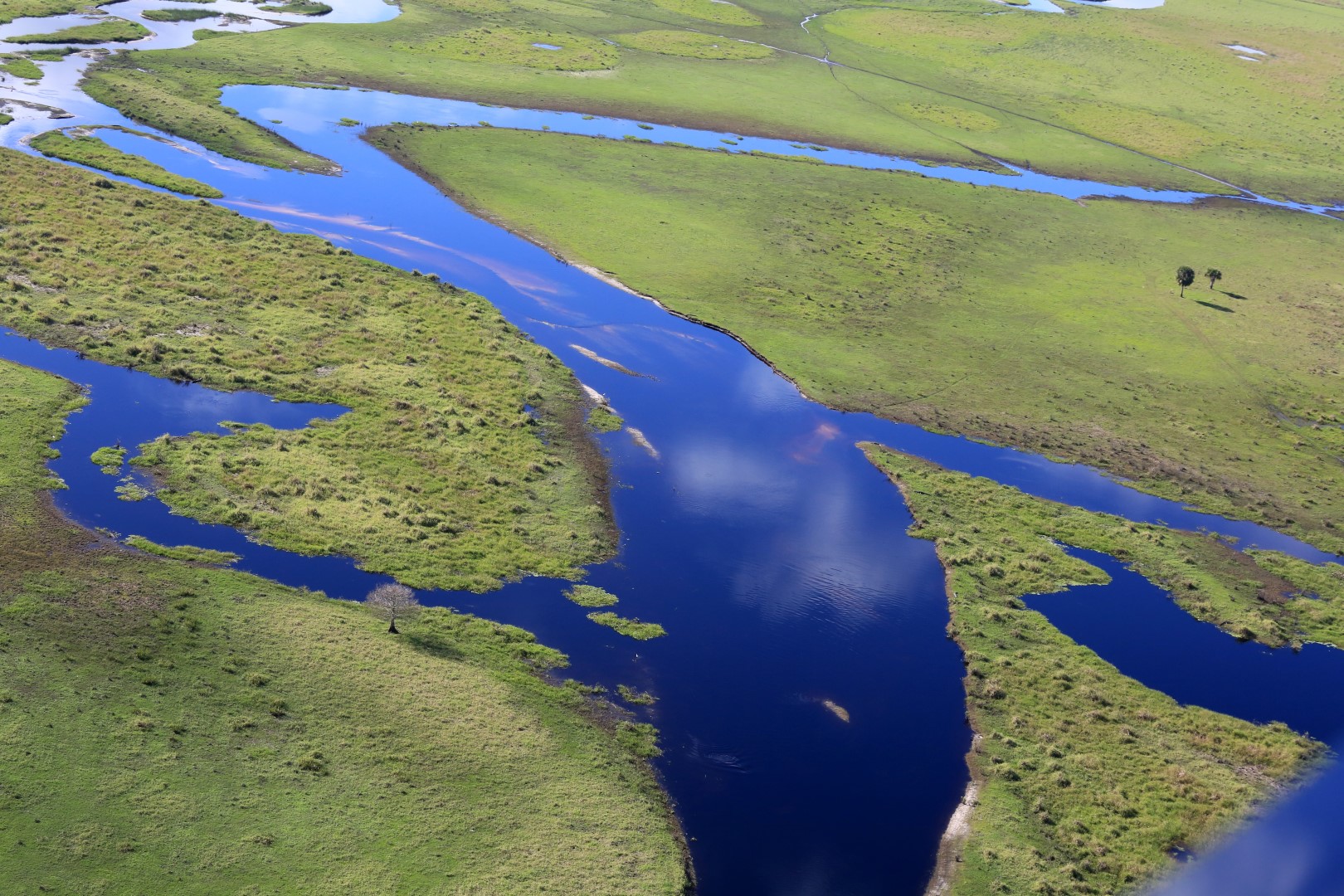
Lawmakers are pushing forward with plans to continue carving up millions of dollars voters more than four years ago directed to be spent on land and water protection, despite environmentalists’ concerns about the way the money is being used to help the Indian River Lagoon and Apalachicola Bay.
Backers of the 2014 Florida Water and Land Conservation Initiative, who continue to challenge how lawmakers have used the money in the past, contend that some of the projects outlined in bills advanced by the Senate Environmental and Natural Resources Committee on Tuesday “chip away” at the intent of the constitutional amendment.
Aliki Moncrief, executive director of Florida Conservation Voters, said the septic-to-sewer conversion outlined in a measure to protect the Indian River Lagoon (SB 368) is needed. But the proposal goes beyond what voters approved, she argued.
“There are natural solutions and there are engineered solutions,” Moncrief said. “And the Water and Land Conservation amendment, absolutely voters who stood up for that expected the natural solutions, like buying buffer lands to protect water bodies, that those natural solutions take priority when it comes to this specific pot of money.”
Sen. Gayle Harrell, a Stuart Republican who sponsored the bill, argued the ballot initiative, known as Amendment 1, didn’t explicitly prohibit septic-to-sewer conversion.
“It makes a whole long litany of things the funds can be used for, including acquisition of land,” Harrell said. “It doesn’t say only acquisition of land. I believe there are many other uses for the Amendment 1 money. And I think this bill meets the intent the public had with passing the Amendment 1 money.”
Sen. Debbie Mayfield, a Rockledge Republican who supported the proposal, said a dedicated source of money needs to be available to replace septic tanks.
The constitutional amendment funnels money to the Land Acquisition Trust Fund, which for 20 years will get one-third of the revenue from an existing real estate documentary stamp tax — known as doc stamps — for land and water preservation.
State economists projected in December that the doc stamps will generate $2.76 billion in the next fiscal year. More than $906 million of that would go into the trust fund.
In previous legislative sessions, lawmakers earmarked annual spending of about $200 million for Everglades protection; $64 million for a reservoir project in the Everglades Agricultural Area; $50 million for the state’s natural springs; and $5 million for Lake Apopka.
On Tuesday, the Senate committee backed measures calling for annual expenditures of $50 million for maintenance of the lagoon; $100 million for the Florida Forever program (SB 944); and $20 million each year for the next decade for Apalachicola Bay, which had struggled with degrading water conditions even before being impacted by last year’s Hurricane Michael (SB 1256).
Concerns were also raised about a proposal for the Apalachicola Bay region that includes money for land acquisition, stormwater management facilities, sewage collection and workforce housing.
Sen. Bill Montford, a Democrat from Tallahassee, said the region is one of two populated areas in Florida designated as an area of critical state concern. The other, Monroe County, has received $28 million from the state for similar initiatives in the past three years. Montford said his request is for “comparable funding.”
Hours before the Senate committee met, Brevard County state Rep. Randy Fine amended his funding request (HB 141) for the Indian River Lagoon. Fine was seeking $50 million from the trust fund, but he dropped the request for money from the trust fund, pointing to an ongoing court battle over how the Legislature had allocated the money in the past.
“There is litigation on whether the allocations we made from that are proper,” Fine said. “Taking money from the LATF (trust fund) for the purposes I had in the regular bill are exactly the sort of issues that they’re suing about.”
Last July, Leon County Circuit Judge Charles Dodson sided with environmental groups in the lawsuit centered on whether lawmakers “defied” the 2014 initiative by improperly diverting portions of the money to such expenses as staffing.
The state has countered that the broadly written text of the amendment, not a perceived intent of the voters, allows money to be used for a variety of purposes, including management and restoration of conservation easements, urban open space, and working farms and ranches.
Fine’s proposal, which received the backing of the House Agriculture and Natural Resources Subcommittee on Tuesday, continues to push for money to expand wastewater treatment facilities, along with cost-sharing grants, for the lagoon. The measure would also require public notification of, and create civil penalties for, unlawfully discharged raw or partially treated sewage into any waterway or aquifer.
Fine said he will pursue funds for those issues through the regular legislative budget process.
___
Republished with permission of the News Service of Florida.




One comment
cheryl cook
March 13, 2019 at 4:37 am
Thank you, Randy Fine, for “getting it.” All of these legislators wanting to redirect Amendment 1 monies to their extremely important environmental issues, should come to the same realization Mr. Fine has: the voters voted to protect, conserve and preserve Florida’s golden goose vis-a-vis sensitive land. Hey, here’s a solution to your present environmental issues such as septic to sewer: make the ones responsible pay for it – developers. Tack on a user’s fee for new development. Make the developers fix what they broke. In essence, a remediation fund. You play: you pay. And thank you, Jim Turner, for the great work you do bringing this information to us.
Comments are closed.